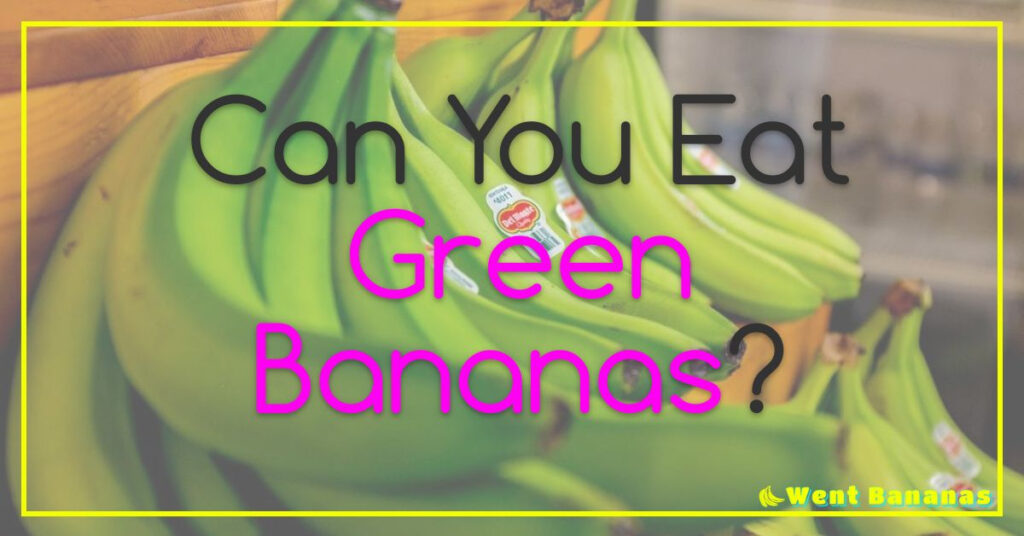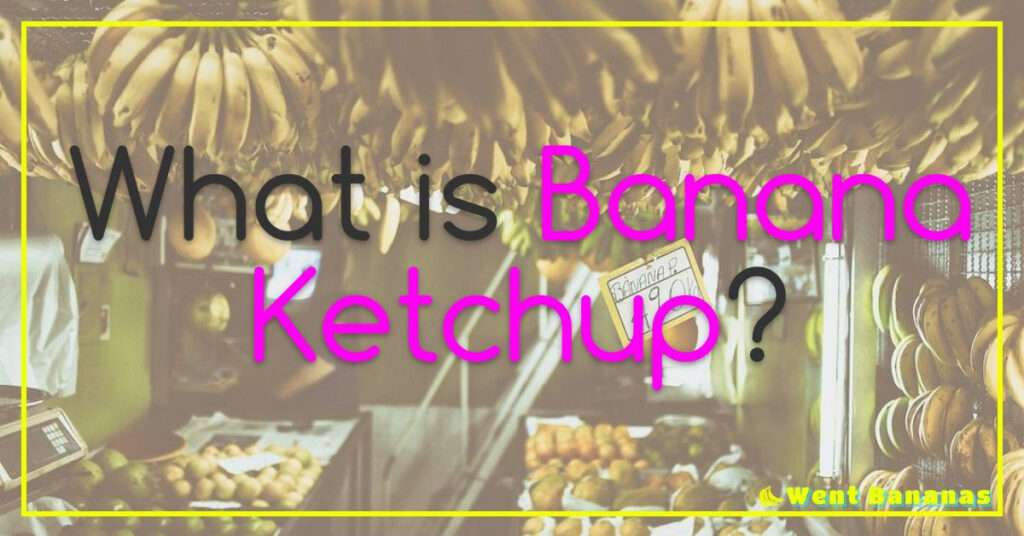Bananas are a good source of potassium, fiber, vitamin C, vitamin B6, and antioxidants. They’re a pantry staple all over the world. Almost all cultures have recipes for banana dishes of their own.
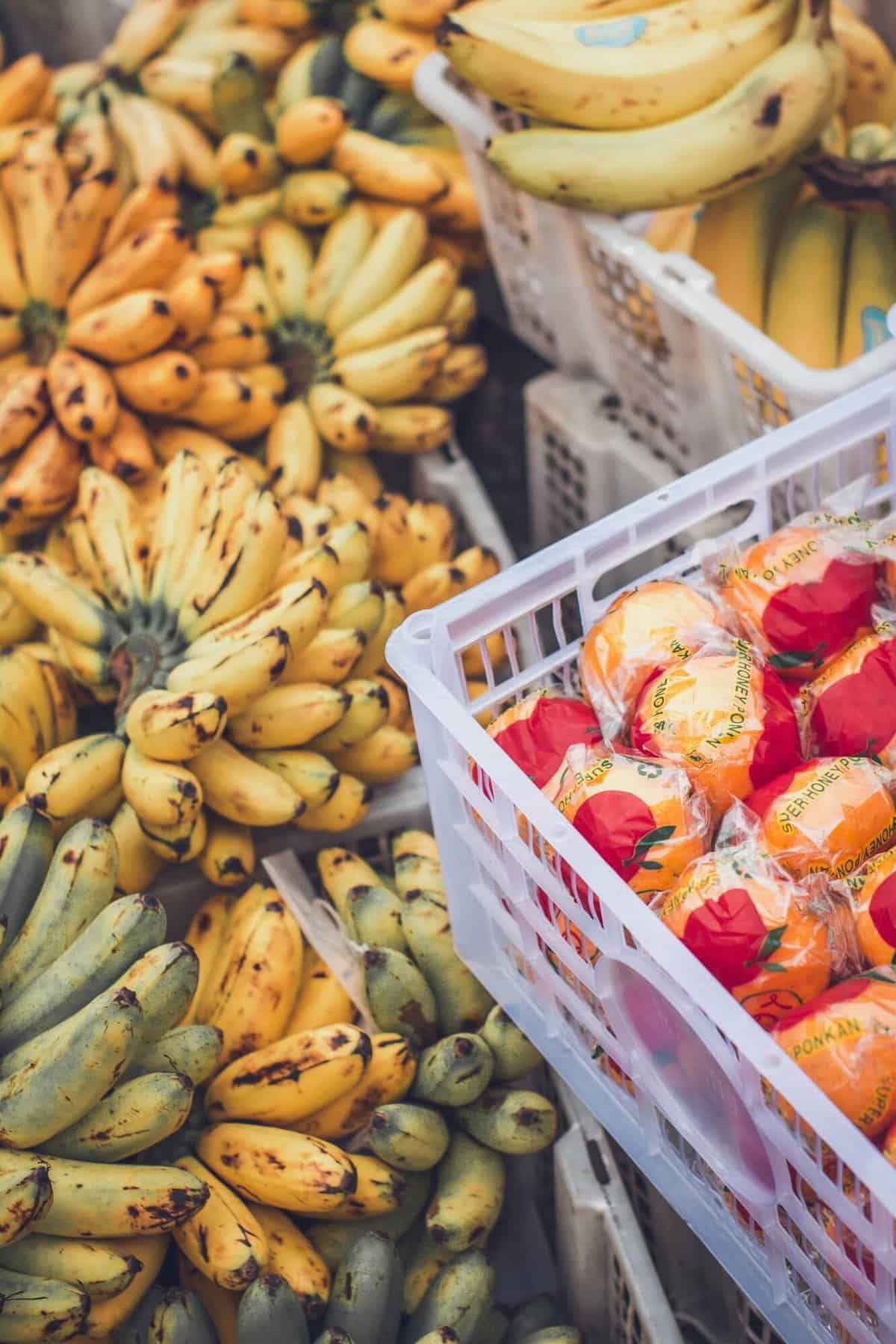
They’re so versatile that you can either eat them raw like a snack, make them into a drink or smoothie, put them to savory dishes and stews, or make a sweet dessert out of them. This might be why people consume around 100 billion bananas worldwide each year.
There are many different types of bananas, though. Some, you may have in your backyard, while others are hiding in other countries. Check out below what types of bananas you can find around the world.
1. Cavendish Bananas

Cavendish bananas are the most common variety. It’s the typical banana you eat as a snack and the type you buy in stores or the farmer’s market.
It’s the most exported banana in the whole world. It has a slight sweetness to it and creamy consistency.
This type of banana has various stages of ripening. They go from green (under-ripe) to yellow (ripe) to over-ripe (deep yellow with brown spots).
Each stage is useful in the kitchen. The over-ripe ones, in particular, are great for smoothies and banana bread.
Dwarf Cavendish Bananas
Dwarf Cavendish has such a name not because of the size of the fruit but because of the size of the plant itself. It only grows up to 9 feet, which makes them great houseplants, as well. It won’t fruit and grow that tall in a typical home, however.
It’s the main source of commercial Cavendish bananas.
Giant Cavendish Bananas
People may know this variety as the William banana. It has an unknown origin, and it grows up to 16 feet. They’re sweet and mild when ripe, and many cultures eat them raw.
2. Plantains
People use plantains for cooking most of the time because of their high starch content. As such, they are better thought of as potatoes or a vegetable.
They’re as versatile as potatoes, too. You can roast, steam, or turn them into fried chips among other things. They’re great additions to savory dishes, as well.
People don’t usually consume them raw as they have a neutral taste. They’re never as sweet as your typical bananas, though they still have a hint of sweetness.

They’re a staple in Europe, North America, Central America, the Caribbean Islands, and so on.
3. Apple Bananas
Apple bananas, also called Manzano, are short and chubby with thick skins. They’re yellow in color although they turn black when ripe.
They get their name from their taste and texture, which many describe being similar to apples and strawberries. They’re super sweet when they turn black.
The flesh is firm and has a blush to it. It doesn’t turn brown as fast as other varieties, which makes it perfect for raw preparations, like salads. You can use them for pies, ice cream, smoothies, and so on, though. They’re rich in Vitamin C, potassium, and fiber, too.
This variety is a bit unusual to see in groceries, but you can find it in Asian grocery stores. It’s grown in South America, Mexico, and the rainforests in Hawaii.
4. Lady’s Finger Bananas
The Lady’s Finger variety is on the shorter side, too, being around 3 inches long. It’s slimmer than an Apple banana, though. You’ll sometimes see this labeled as baby bananas.

« The Ultimate Guide to Safely Cutting Bananas for Your Baby’s First Food
How to Make Delicious Banana Bread with Honey: Step-by-Step Recipe and Expert Tips »
Its size makes it perfect for portion control, which is why it’s popular among parents with young children. A plus is that kids might even like it better as it’s sweeter than the Cavendish variety. It has notes of honey and a creamy texture.
When fully ripe, these bananas have a thin bright yellow peel with dark flecks.
5. Pisang Raja
Pisang Raja bananas, also known as Musa Belle bananas, are a staple in Indonesia. They consider this variety the king of bananas in eating and cooking.
One of its most common uses in the country is as a street food called Pisang Goreng or banana fritters. Its firm texture makes it great for frying.
The flesh of this variety has a smooth and creamy consistency. Its taste is sweet – almost like a honey-flavored custard. It’s a bit shorter than a Cavendish banana, averaging about 4 to 5 inches long.
If you want to try it, you’re out of luck. It’s hard to come by outside Indonesia.
6. Burro Banana
For something less sweet, we have the Burro banana, which has a lemony and tangy taste. Depending on the region, it may go by the names Horse, Orinoco, or Hog bananas.
It’s one of the most unique banana types not only because of its taste but its shape, too. It’s more square-ish than other bananas. It’s flatter and smaller, too.
Burro bananas are yellow in color with black spots. Inside is a soft white or yellow flesh with some firmness and texture in the center.

They’re most often used in savory dishes in the Philippines, Thailand, India, and other countries.
7. Saba Banana
Saba bananas have the same angular shape as the Burro banana, which might confuse people a bit. They’re very different varieties, though.
Burro bananas are more meaty, while Saba bananas can be creamier. The latter variety is sweeter, too.
Saba banana is a staple in Filipino cuisine. You can eat them raw, but they’re used in cooking most of the time.
You can use it for snacks and desserts like local dishes turon, maruya (banana fritter), banana cue, and so on. Locals also use it for stews, though.
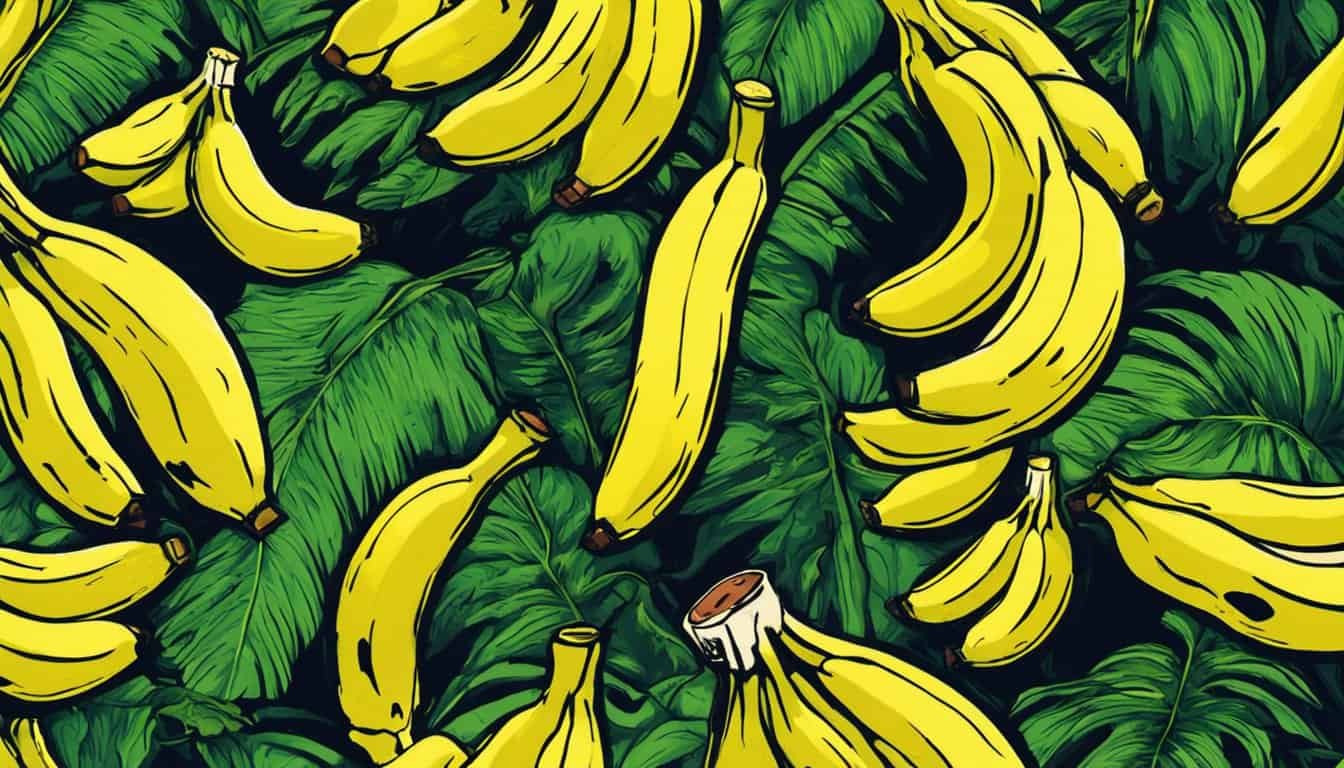
Farmers harvest them when they’re still green, making it more viable for transport. They ripen to a yellow color with dark spots.
8. Goldfinger Banana
Phillip Rowe and Franklin Rosales led a team that first developed the Goldfinger banana in the Honduras as a pest-resistant variety. Aside from that, it’s also wind-resistant and cold-tolerant.
It’s a cross from the Cavendish and the Lady’s Finger cultivars. But, the team drew on the genes of over 800 cultivars in Southeast Asia. As Cavendish is susceptible to diseases, Goldfinger aims to replace it.
It’s sweet with an apple-like flavor. You can eat it raw when ripe, though you can cook it while it’s still green. It can be a bit familiar because of its similarities to the Cavendish variety.
9. Red Bananas
With all the different types of bananas, you can expect some of them to not be yellow. Some of them have this cool reddish-purple color like the Red bananas. They have many varieties, and some can turn yellow-orange as they ripen. Their flesh all has a pink or orange tinge to it.
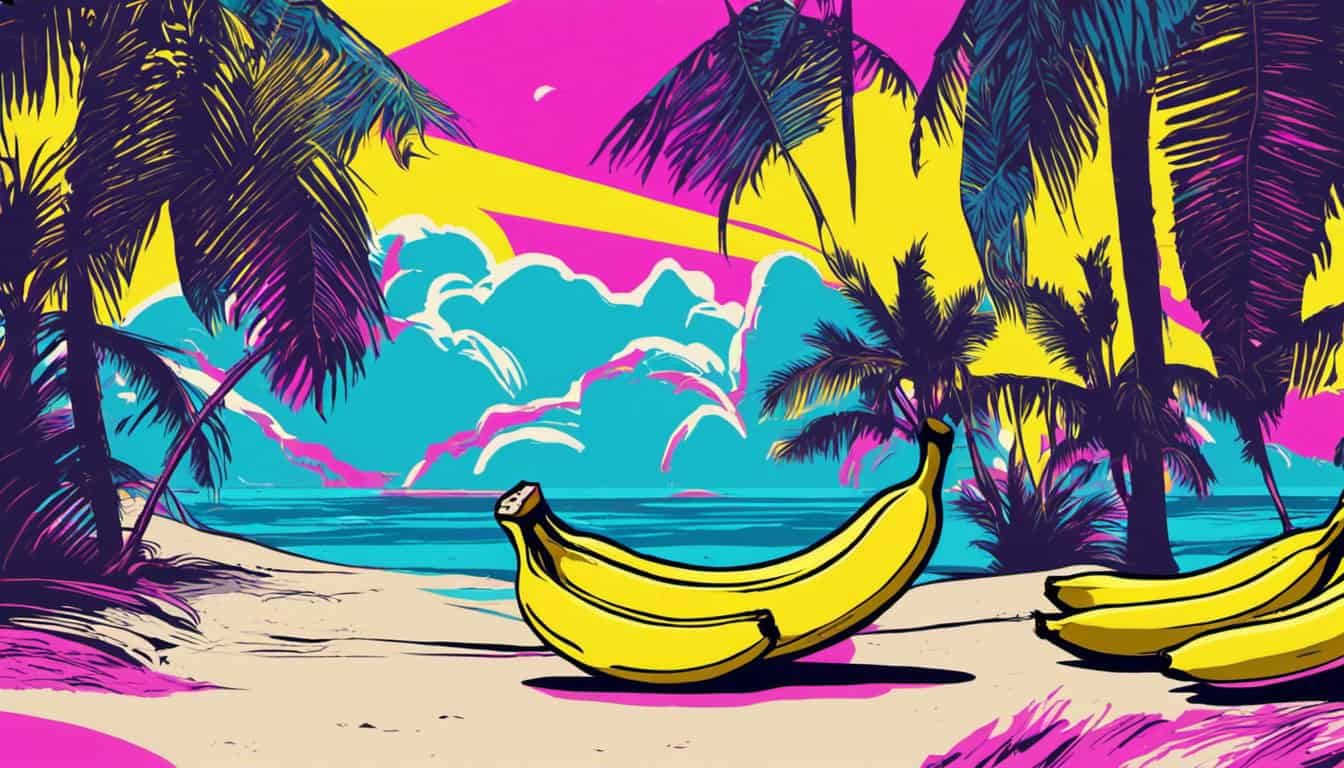
All Red bananas, however, have one thing in common: their sweetness. They’re much sweeter than your typical banana.
They even have a slight raspberry flavor, making them an irresistible treat. Their flesh has a creamy texture, as well.
They’re popular in Central America, where they use Red bananas for juices. You can eat them raw, too.
10. Blue Java Banana
We not only have red bananas but blue, too. Blue Java bananas have this silvery-blue color when unripe. Their skin turns pale yellow when ripe, though.
Its color isn’t the only thing that’s unique about it, though. They’re also popular as “Ice cream bananas” because of their distinctive vanilla ice cream flavor and extreme creaminess.
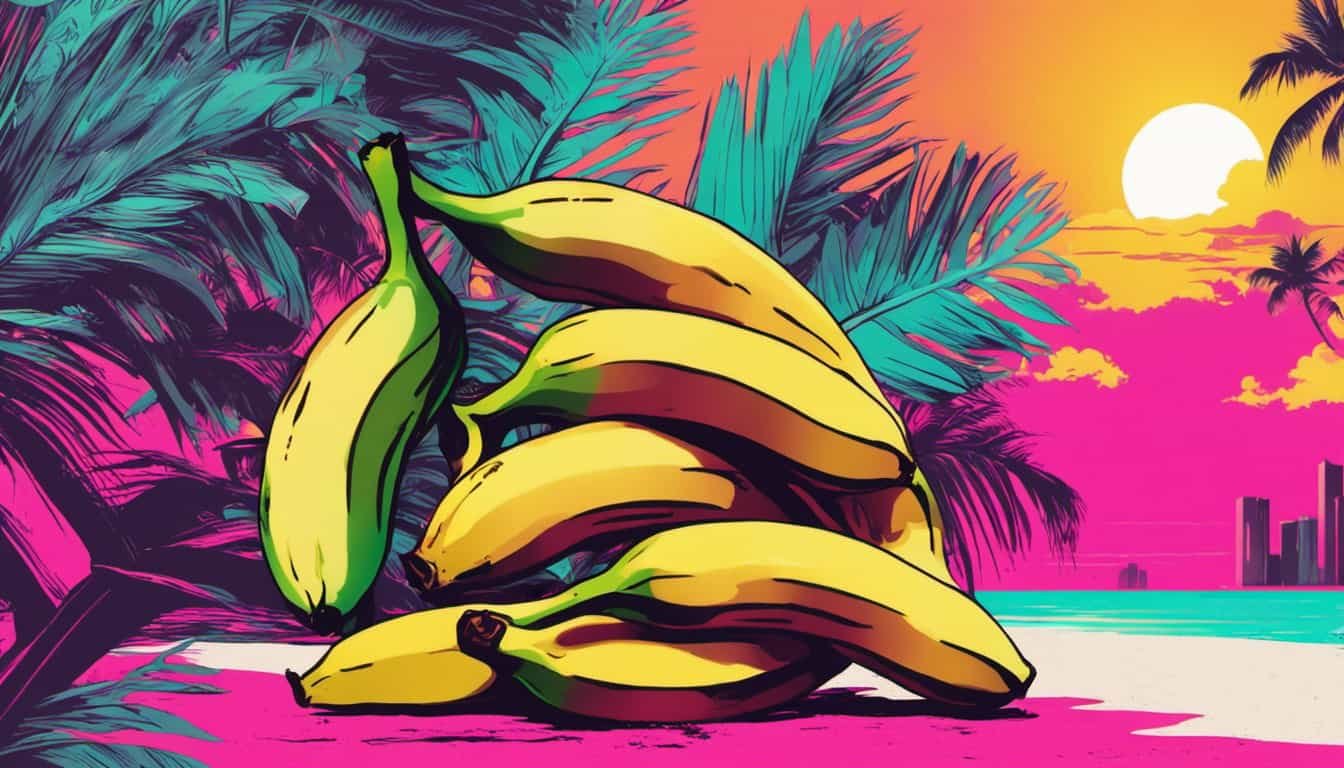
You can eat them raw to savor that delicious taste, but you can use them to level up your drinks and smoothies, as well.
They’re popular in colder regions because they’re cold-resistant. They originated from South-East Asia, though, and spread to Hawaii, Central America, Australia, and such.
11. Gros Michel
Gros Michel was once the most common banana worldwide. It was the standard banana, much like what the Cavendish is today. The person who created the artificial banana flavor based it on this variety, too.
They’re much tastier and sweeter than the average banana today, though. And those who tasted it always say that they are much superior to Cavendish.
How come we don’t see them anymore? Well, that’s because the Panama disease wiped out most of the Gros Michel plantations in the 1950s.
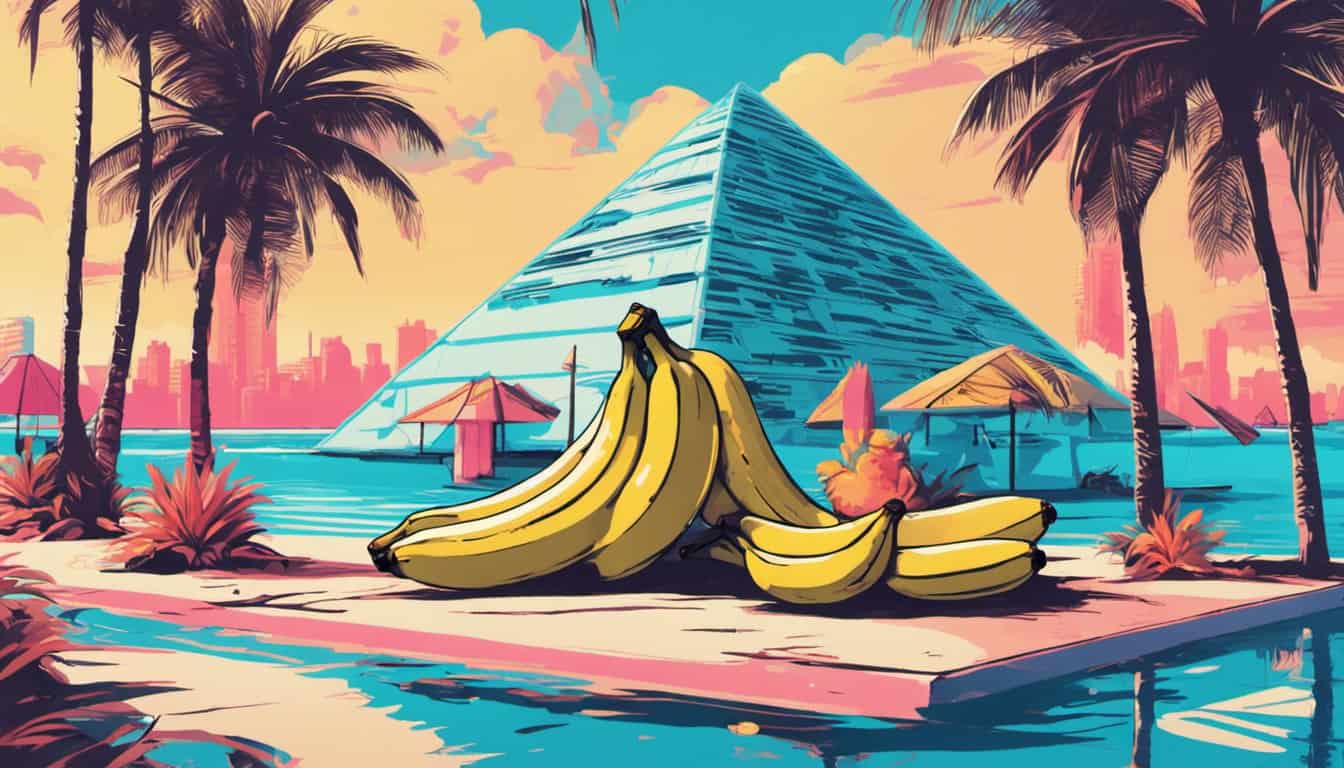
It’s susceptibility is what led to its downfall. It didn’t make sense to continue growing them when they will die anyway.
The Cavendish is more resistant, which is why exporters started growing it instead. Still, it wasn’t an upgrade from Gros Michel. Today, scientists are still trying to create a more resistant version.
That’s not to say that there’s no more Gros Michel in this world, though. Some countries still produce them, like Myanmar, Malaysia, and Cuba among others. If you want a taste, you’ll likely find them in Asian countries, whereas much as 50 or 60 varieties are common in their backyard.
Try These Different Types of Bananas
With this lengthy list, we’ve still not covered all the different types of bananas you can find around the world. Bananas are pretty diverse, so whenever you get a chance to eat a different variety, take it. You might find your new favorite this way.
Learn more about bananas today. Learn how they’re grown and harvested or check out more on our blog.







